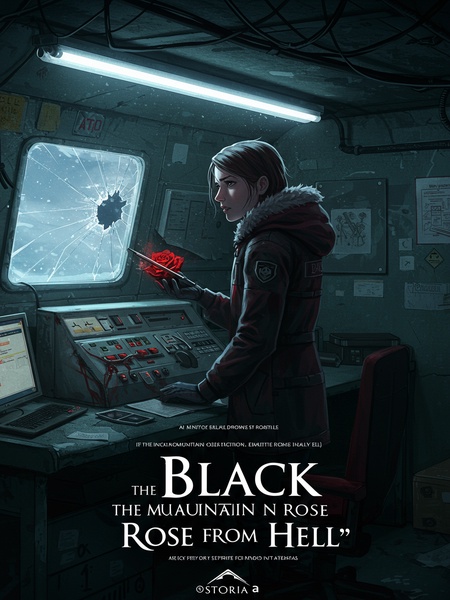Chapter 2: Viral Waves
In the days that followed, news of the earthquake flooded the internet:
Every news feed, push alert, and group chat was saturated. I scrolled compulsively, unable to look away.
In South America, someone in Montevideo, the capital of Uruguay, stood atop the 26-story Salvo Palace, filming a monstrous wave looming ever closer.
The video’s shaky frame caught the glinting glass of office buildings, sunlight bouncing off the water’s menacing crest.
The crest of the wave was more than twice as high as the three-hundred-foot building.
My breath caught. The wave looked like a living thing—unstoppable, indifferent. I imagined standing there, facing it. Pure horror.
Even through the screen, the crushing sense of dread and despair pressed on my chest, as if I could taste the salt and damp of the deep sea air.
I felt a phantom chill—like that time Lake Erie froze over and we walked the shore, the wind so sharp it cut right through our coats.
The moment the videographer hit upload, the wave obliterated the Salvo Palace—along with the camera and its operator.
No edits, no fade-out. Just static. The comment section exploded—then went eerily quiet.
The video went viral on TikTok, amassing over 100 million views worldwide.
People stitched it, set it to music, made dark jokes. But mostly, they watched in silence, unable to look away. It became a kind of digital memorial.
Argentina’s Tierra del Fuego Province was almost completely destroyed.
The drone footage showed little but twisted wreckage and endless water. I remembered our sophomore-year map quizzes, and how the name had always sounded like a fantasy novel.
In South Africa, people screamed and fled the coasts of Cape Town and Port Elizabeth, but many were still swept into the sea.
Videos shot on phones—blurry, frantic—showed desperate crowds running, cars clogging every road inland. It reminded me of hurricane evacuations back home, only much, much worse.
And this was just the tsunami triggered by the seismic waves.
In Antarctica itself, all research stations suffered catastrophic losses, with few survivors.
I pictured the tiny cluster of colored domes and towers I’d seen on National Geographic. Now, gone—like sand castles swallowed by the tide.
Under the threat of disaster, even penguins and seals—natural enemies—huddled together, shivering on the same ice floe.
The photo went viral: two emperor penguins with a leopard seal between them, all eyes wide with terror. Some news outlets called it "the truce of the century."
Of course, humanity didn’t just watch as others suffered.
Relief funds poured in, celebrities hosted telethons, and even my old high school organized a donation drive. For once, the internet seemed united.
The permanent members of the United Nations organized global humanitarian relief for the affected nations.
Task forces mobilized in hours. American military cargo planes, Russian icebreakers, Chinese hospital ships—the headlines read like a roll call from the Olympics.
Freighters sailed to the disaster zones, and engineering vehicles rushed to the front lines.
Video feeds showed port cities swarmed by heavy machinery—bulldozers and rescue trucks wrapped in national flags. It felt like watching the world rebuild itself, one brick at a time.
People speaking different languages dug through the rubble side by side, rescuing survivors.
I watched a livestream of a South African firefighter and a Brazilian engineer lifting a collapsed wall together, not a word in common but hearts synced in purpose.
In this catastrophe, humanity was more united than ever before.
People said it on social media: #OnePlanet, #NoBorders. For a little while, it felt like maybe there was hope.
On the seventh day after the earthquake, my application was approved: I was joining the expert team heading to Antarctica for post-quake survey work.
I read the email twice, heart pounding. My hands shook so hard I almost dropped my phone. It was real—I was going to Antarctica, not as a tourist, but as part of something that might change history.
Continue the story in our mobile app.
Seamless progress sync · Free reading · Offline chapters